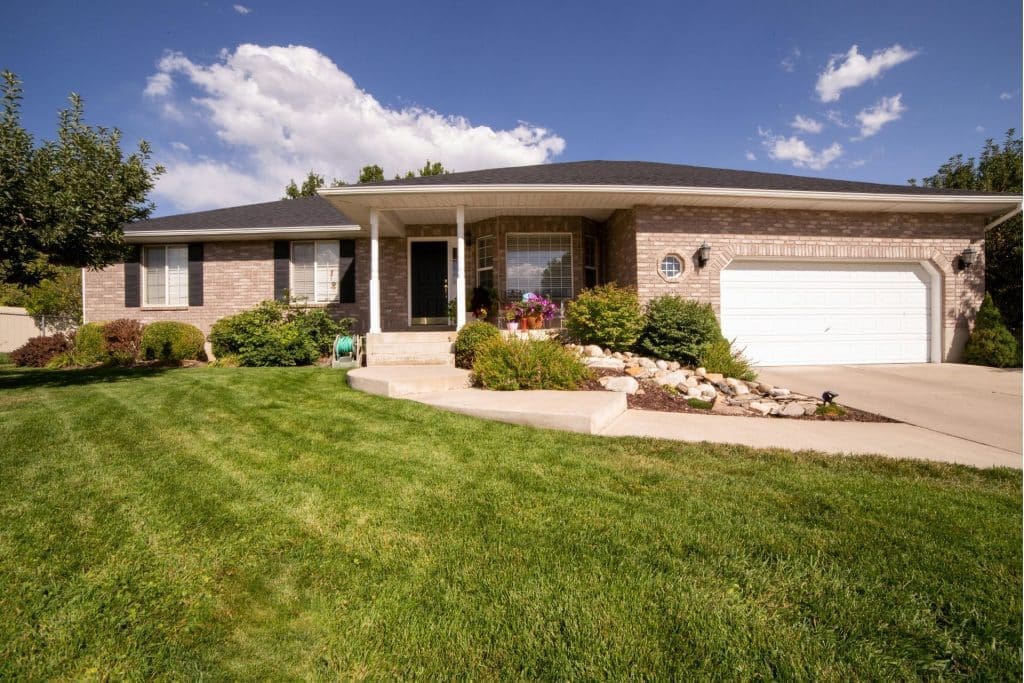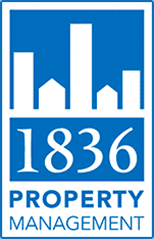When renters move into their new home, they usually have a lot on their minds, the last of which might be, “is the garage door functional?” However, it is essential to ensure that the garage door is fully functional at all times. Nothing is worse than moving into a property and finding out maintenance is already required. To help you avoid that fate, we will tell you how to go about garage door troubleshooting at your rental property.
The troubleshooting procedure is quick and straightforward. You don’t have to be an expert to notice when something isn’t working correctly. However, if in doubt, don’t be afraid to seek professional assistance with anything pertaining to your property.
Ensure the Garage Door Controls Work Properly
Before you start assessing the situation, you should make sure you know as much as you can about your garage door. This will prevent any problems when troubleshooting an issue.
With that said, if you press the button to open your garage and your door does not move, it could be for various reasons. The door is sometimes locked. Your door will not open if the lock switch is on. Look for the lock button and deactivate it before you attempt to reopen the door.
Not all garage doors have a keypad to open them. However, if yours does, the keypad may also become defective. Check to determine whether the batteries are dead before proceeding. Replace the batteries and attempt to input your keypad number again to see if it resolves the issue.
As with many other garage doors, the most prevalent issue is that the motor unit is disconnected. Begin by checking the socket where the door motor is connected. If the wire is not plugged in, you should insert it into the outlet. It’s also possible that the door’s circuit breaker, fuse, or GFCI outlet may have tripped or burnt out. If other lights or electrical circuits in the garage aren’t working, this is most likely the problem, and you’ll need to reset the breaker or GFCI or replace the burned-out fuse.
Ensure That the Garage Door Can Open All the Way
If your garage door ascends properly but stops short of completely opening, it may mean that the up-limit switch may need to be repositioned closer to the motor unit. This switch is often a simple touch-lever positioned towards the end of the track near the motor unit. If it is too far away, the motor will halt the door before it completely opens. Moving the switch closer to the motor unit should do the trick. This is a relatively uncommon issue that generally manifests itself soon after installing a new garage door motor.
Rollers that are broken might also cause the door to stop short of completely opening. Inspect and repair any broken rollers, and lubricate those that are rusted.
Even if the door lowers perfectly during your garage door troubleshooting, it may fail to open. This is particularly common when it is cold. However, this shouldn’t happen if you maintain your rental property regularly. Nevertheless, check for a screw on the motor unit to adjust the opener’s sensitivity if this occurs. The door may refuse to open, especially when the rollers get hard in the winter. Lubricating rollers might also assist with this issue. The methods for altering sensitivity differ, thus, see the owner’s handbook for instructions.
Ensure That the Garage Door Can Close All the Way
There might be a few reasons why the garage door opens properly but does not shut entirely. The close-limit switch may need to be adjusted. Your garage door contains close-limit switches that tell the motor when to cease working, both when it opens and when it closes. If the close-limit switch is set incorrectly, the door may not shut. When you try to shut the opening, it may potentially reverse or pull back up.
The close-limit switch is a safety feature that prevents individuals from being struck and having the door shut on them—it is an essential component of all garage door motors. You may adjust the limit switch to prevent your garage door from acting uncontrollably. Various garage doors have different methods for setting the close-limit switches, but the most common is a screw feature on the rotated motor unit to change how far the door lowers.
EnsureThat Nothing Is Blocking the Garage Doors Sensors
Check that nothing is in the way of the field of view between the electronic sensors (typically located on the bottom left and right sides of the garage door). Leaves, debris or personal items may sometimes obstruct the sensors. If this occurs regularly, vibrations from the door in the tracks might loosen the brackets that hold the sensors and should be adjusted.
Occasionally, rusty or broken rollers might cause the door to bind in the tracks. This issue may be resolved by replacing broken rollers or lubricating them with silicone lubricant. The issue might also be caused by shifting or bending the rails.
If, however, these tips so far have not helped you solve the issue and the garage door still will not close properly, you may consider renting an available short-term storage unit. This will allow you to fix your door at your own pace and keep your possessions safe.
Ensure Everything Sounds Right
If your garage door begins to make odd sounds, that may indicate an underlying issue. Squeaking noises may tell you that the rollers need greasing or are worn out. To service them, use a silicone-based lubricant or contact a professional to have the rollers changed.
A rattling sound might indicate that something is loose. Tighten all of the hardware, including nuts, bolts, and screws, to see if it resolves the issue. A torsion spring issue might cause a popping noise. This sound may occur when the door opens or shuts if they lose lubrication or become loose. Be aware that changing or replacing torsion springs may be unsafe if you have never done it before. The best thing you can do in this situation is to consult an expert.
If the creaking persists despite your efforts, it may be time to replace the entire door. This is the last option and may require a day or two to complete. Which means you will have to store your belongings somewhere else during that time. As previously stated, a storage unit in Austin is ideal for situations like this. If you have a lot of items to move, yet don’t feel like moving them yourself, you can easily find local movers in the Austin area. If not, you can place your personal belongings inside the house and wait for the new door to be installed.
The Bottom Line
You can’t afford to skip garage door maintenance or troubleshooting at your rental property. However, as you can see, the process can range from a simple quick-fix to something a bit more complex that will require the helping hand of a professional. It is always a good idea to be prepared for any scenario.
Call 1836PM Today!
If you’re investing or plan to invest in the greater Austin, Tx, area, reach out to our team of professional property managers today to assist you with your real estate investing ventures. At 1836 Property Management, your success is our success.
bdm@1836pm.com
512-994-4323
Watch to learn instead!
[embedyt] https://www.youtube.com/watch?v=U5cSJTH3qyI[/embedyt]
By: Kayla Gonzales, 1836PM Marketing Manager







